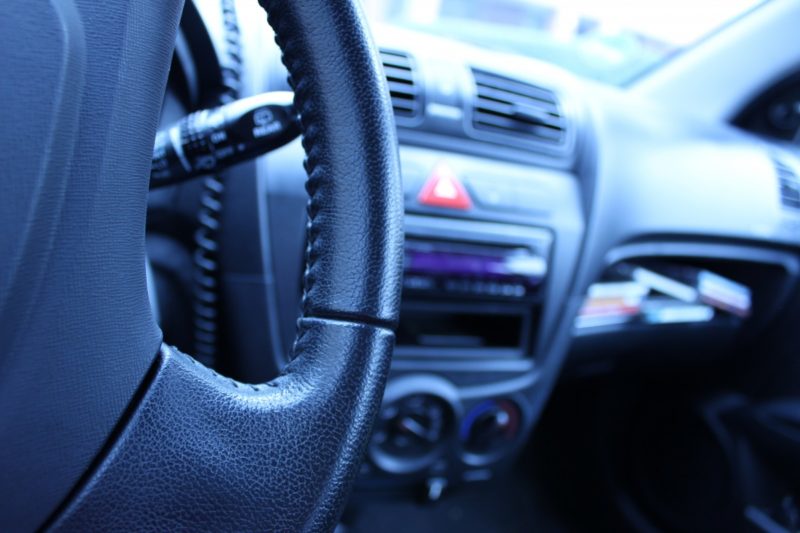Do you wish to learn about coolant leak when heater is on? Don’t worry, and you have arrived at the right place. Coolant leakage might not even result in a substantial problem, but it can risk the car’s engine.
If you’re not using enough coolant, the vehicle may overheat. Coolant should be checked regularly because it is crucial to the engine’s performance. This is especially useful for vintage automobiles that might not function and newer models.
The presence of visual coolant on the hard surface is the most apparent symptom of coolant leakage. Understanding what else to look for and how to examine for will help you to find see which liquid is leaking out from the engine. Coolant is usually green, yellow, and pink in hue and has a pleasant odor. If you find a coolant leakage, wipe it up immediately because it is hazardous to household pets and individuals. Continue to read to learn more.
Reasons Why Coolant Leak When Your Heater Is On
Once you’ve determined that the coolant leaks, you may look for the source, coolant may leak for a range of reasons. Therefore here are five of the most typical reasons why coolant leak when heater is on:
#1. Radiator with an opening
The car’s engine components faced much use and extreme heat, and they eventually wore down. Corrosion within the radiator is among the most prevalent sources of coolant leakage. When tubes age and deteriorate, they may accumulate sand or debris, creating a leak. If the sealing gaskets between the tank and the radiator somehow wear out, leakage may occur. These hoses that attach to the radiator will also be an issue; as they mature, they grow more complex and fragile, rendering effective sealing problematic. As an outcome, leakage is possible at places where they connect to the water pump, heater core, and radiator.
#2. The radiator cap has a hole
A radiator lid, despite its small size, serves an essential purpose. A radiator is under a lot of strain, as well as the lid’s job is to create a tight fit that keeps its cooling system just at the correct pressure. Its sealing can deteriorate over time, or the springs can wear out, causing coolant to escape.
#3. The gasket is blown
The state of the vehicle’s head gasket does considerably influence the engine’s efficiency. It’s possible that you won’t notice a head gasket failure for longer. Users could be traveling for a few kilometers until they see a problem. A head gasket should resist a broad range of temperatures and pressures, both extraordinarily high and deficient. Because it is placed between the engine and cylinder head, it is referred to as “blown” once a leak occurs. When this happens, it’s impossible to keep the engine oil & coolant separate, which is extremely dangerous and causes engine difficulties. This can lead coolant to leak from the engine’s exterior, lowering the car’s cooling capacity as the supply of coolant drops.
#4. Water pump failure
Coolant is transported throughout the cooling system thanks to a water pump. It is usually driven by belting and therefore is seen around the drive belts just on the engine’s bottom part. This connects to the base pipe of the radiator. But, this hose attachment could become weak or corrupted with a period. This might be harmed externally, causing it to bleed. Regardless of the cause, if a water pump problem prevents coolant from circulating throughout the system, the engine would eventually overheat. I guess it’s helpful to read about heat pump maintenance.
#5. Expansion tank problem
To transport coolant to the radiator, automobiles include an expansion tank that seems like a plastic container beside the engine. Only a rubber line connects it to the radiator, which transfers or gathers coolant to and from the radiator whenever the engine heats up and cools down. The plastic, and the components connected to it, may deteriorate with age and be subjected to temperature changes. A container may crack and split at the base, enabling coolant to escape. Also, it’s conceivable that the pipe linking the radiator to the engine is decayed, leading to a loose connection that allows the coolant to flow.
Safety Preventions For Coolant Leakage
Following a regular preventive maintenance schedule, which includes changing the coolant, is one way to avoid coolant leaks. When the older coolant becomes sour, this becomes corrosive and starts to nibble away at the aluminum in the radiator. Routine servicing may also identify loosened or failing connections and other issues that might contribute to a radiator leak. If you see evidence of coolant leakage, take your automobile to a specialist who can diagnose and repair the issue. It’s critical to keep the vehicle cool this summer, so you don’t end up with just an overheated engine – or even worse.
It’s A Wrap!
We are glad to know that you have learned coolant leak when heater is on. As mentioned above, these are the main reasons that cause the coolant to leak when the heater is on. You can check all such parts of your car if you notice a coolant leakage and try to fix them immediately. Don’t hesitate to know these things too; read about what is PTC heater in car and how does a car heater work. Thank you, friends, for reading this article.

